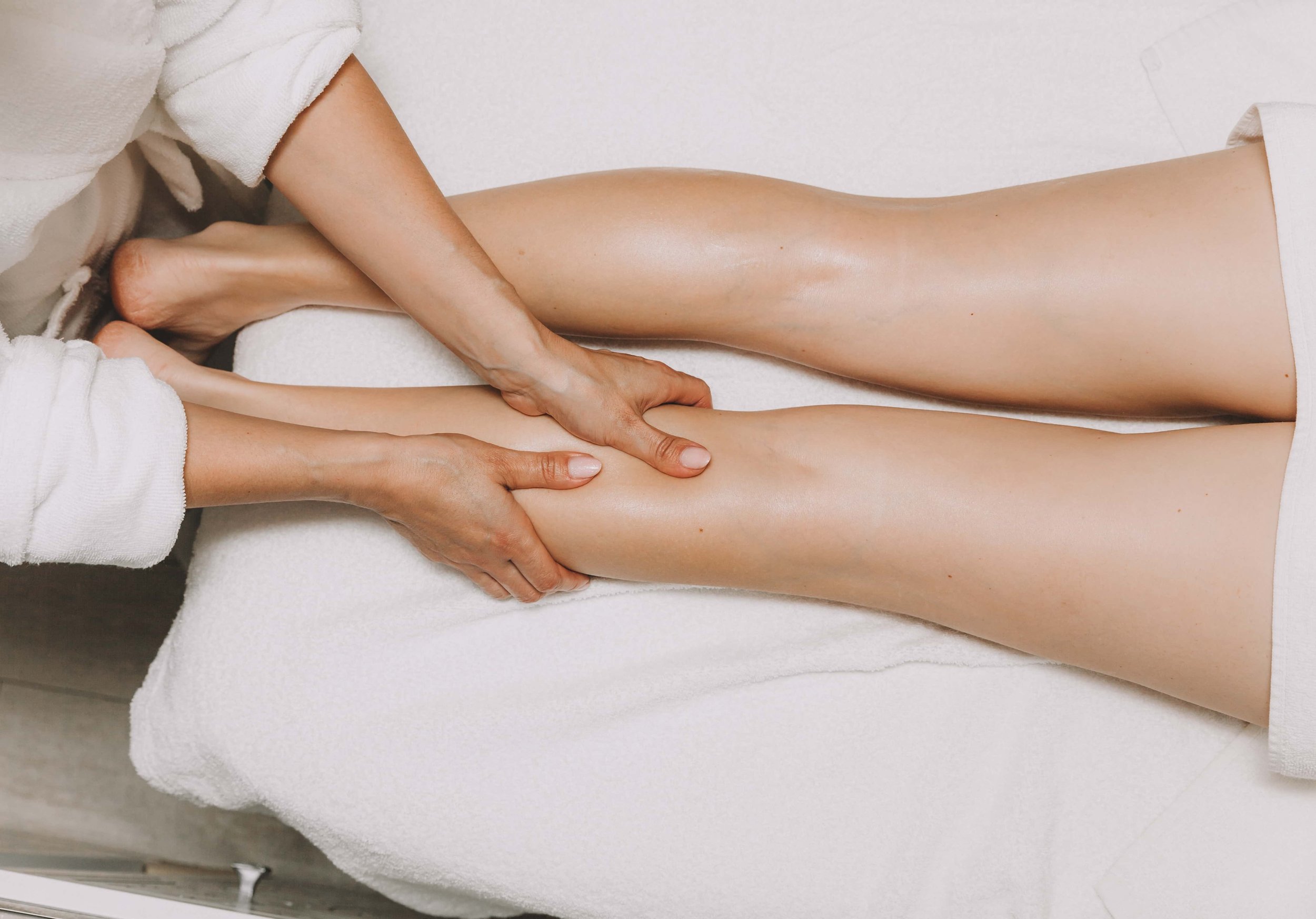Massage for Diabetics: Understanding the Benefits
For those navigating the complexities of diabetes, every opportunity for symptom relief and improved wellness is worth exploring. When it comes to holistic solutions, massage therapy, - alongside its myriad of benefits for both emotional and physical health - may be an interesting route to consider.
In the following article, we’re going to go over everything you need to know about diabetes and massage: its benefits, techniques, and some important contraindications to keep in mind. Let’s take a look!
What is diabetes?
Diabetes is a chronic disease that affects the way your body regulates glucose, or sugar, in your blood: put simply, your body either doesn't produce enough insulin or doesn't efficiently use the insulin it does produce. This leads to an increase in your blood sugar level, which can cause serious health complications if not managed effectively. There are two main types of diabetes: type 1 diabetes, where the body doesn't produce insulin, and type 2 diabetes, where the body becomes resistant to insulin.
What is massage therapy?
Massage therapy is an age-old healing practice that involves manipulating soft tissues in your body using varying degrees of pressure and movement. The primary aim of massage therapy is to relieve stress, promote relaxation, manage pain, and address a range of health conditions. It can even be a fun couple’s date night activity, with in-home couples massage therapy services like ours.
Over the past years, the role of massage therapy in supporting people living with chronic conditions like diabetes, high blood pressure, and chronic pain has gained recognition. But why? Let’s take a look.
Can diabetics get massages?
First of all, can diabetics get massages? Generally speaking, individuals with diabetes can benefit greatly from regular massage therapy, and so long as certain there’s no medical reason why it shouldn’t be safe. However, it's important to note that while massage can complement your diabetes management plan, it shouldn't replace regular medical care. Before starting any new treatment approach, including massage, consult with your healthcare provider, and continue to take any medication that you’ve been prescribed to treat your condition.
Benefits of massage for diabetes
When incorporated into a comprehensive diabetes management plan, massage therapy offers several benefits:
Improving blood circulation
Proper circulation is vital for wound healing, particularly for individuals with diabetes who may suffer from peripheral neuropathy. Massage therapy can enhance blood flow, reducing the risk of diabetic ulcers and speeding up the healing process.
Reducing stress and anxiety
Living with diabetes can be stressful, and the stress of living with the condition can ironically end up potentially elevating your blood glucose levels. Regular massage sessions can help lower stress levels, promote your mental health and wellbeing, and aid in the regulation of blood sugar levels at the same time.
Alleviating diabetic neuropathy symptoms
Some people with diabetes experience diabetic neuropathy, which can result in loss of sensation, typically in the feet but often in the hands and fingers. Massage therapy can help stimulate nerves and temporarily increase feelings of sensation, providing relief from numbness and tingling associated with uncomfortable neuropathy.
Enhancing insulin absorption
Perhaps one of the most impressive links between massage and diabetes management is in how it can impact insulin absorption. Insulin absorption plays a critical role in diabetes management: put simply, the quicker insulin can get to work, the better one's blood glucose levels can be controlled. To that end, research has begun to shed light on the potential of massage therapy in enhancing insulin absorption, and a few studies suggest that massaging the insulin injection site can help facilitate better absorption of this hormone into the bloodstream; this is believed to be due to the physical manipulation of the tissue which may increase blood flow to the area, allowing for the insulin to be absorbed more rapidly and effectively.
This can have a substantial impact on blood glucose control, particularly for those who use insulin frequently throughout the day. Faster absorption means insulin can more quickly start regulating blood sugar levels, preventing the peaks and troughs that can occur when insulin absorption is uneven or delayed.
Diabetes and massage contraindications
While massage therapy can offer several benefits for individuals with diabetes, there are certain circumstances, or contraindications, where massage should be approached with caution or possibly avoided:
Poor sensation
As mentioned above, one complication of diabetes is reduced or lost sensation, often in the extremities, due to peripheral neuropathy. If sensation is significantly compromised, it can be challenging for a person to provide adequate feedback during a massage, which may increase the risk of injury. Always keep an open communication, and avoid sensation-based massages such as hot stone massages.
Skin complications
Individuals with diabetes often experience skin-related complications such as wounds, ulcers, or infections, particularly on the feet. These areas should not be massaged as it could potentially worsen the condition. If an infection is present, it also risks being spread to other parts of the body.
Low blood sugar
Massage has the potential to lower blood glucose levels, and while this can be beneficial, it can be a concern if a person's blood sugar levels are already low before a massage session. This is why it's vital for people with diabetes to check their blood sugar levels before and after a massage session to ensure that they stay within a safe range.
Advanced diabetic complications
Advanced diabetes can lead to serious complications such as heart disease, kidney disease, or retinopathy. In these cases, more intense forms of massage therapy, such as deep-tissue massage, may not be recommended as they could potentially pose health risks.
To ensure a safe experience, always remember to consult with your healthcare provider before beginning massage therapy, and communicate frequently with your therapist during the massage itself. Your therapist should also be fully informed about your condition and any potential complications, so that they can adapt their techniques accordingly.

